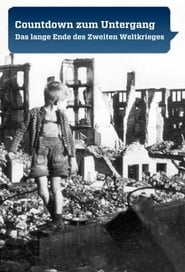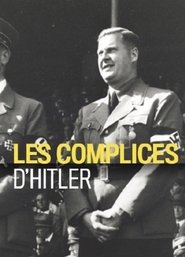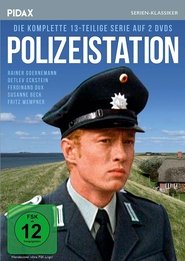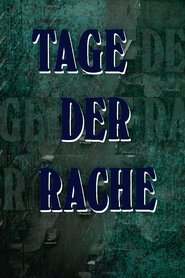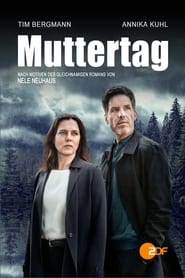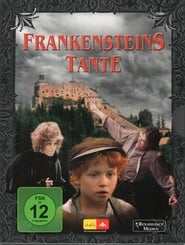Zdf TV Series - Page 42
-
Countdown zum Untergang
2014
The Second World War entered its final phase in the summer of 1944. With the advance of the Allied armies on all fronts, the Third Reich is determined to embitter resistance. After the failed assassination attempt on Hitler in July, even more people will die than in all war years before. But what kept the gear of the Nazi dictatorship going for almost ten months and why did the Germans keep fighting until the bitter end? In the end, millions of people lost their lives and half of Europe is in ruins. -
Mensch, Ohrner!
1998
Mensch, Ohrner!
1998
-
Mensch Bachmann
1984
-
Moritzgeschichten
1982
Moritzgeschichten
1982
-
Florian
1990
Florian
1990
-
Gottschalks TV-Welt
2000
Gottschalks TV-Welt
2000
-
Preis der Freiheit
2019
star 6.4Three siblings with contrasting lives in 1989 East Germany - one a state employee, another an eco-activist, and the third resurfacing from the West. A poignant look at the Berlin Wall's fall and its aftermath. -
Und tot bist Du! Ein Schwarzwaldkrimi
2019
star 5.8A young woman is discovered dead in a lake. According to ancient legends, there are spirits in the lake that draw you down. -
Polizeistation
1973
Polizeistation
1973
-
Tage der Rache
1970
Tage der Rache
1970
-
Stella Stellaris
1994
Stella Stellaris
1994
-
Danke Deutschland!
2018
Danke Deutschland!
2018
-
Muttertag
2022
star 5The body of old Theodor Reifenrath is found in Mammolshain in the Taunus. Accident or Murder? Because the safe is open and empty, inspectors Pia Sander and Oliver von Bodenstein start investigations. In the dog kennel in front of the house, they make a horrifying discovery. Alongside to a nearly starved dog, she finds human bones in the ground. Three women's bodies are recovered by the forensic experts. But who are the murdered women? The dead man and his deceased wife Rita had used the large house by the lake as a kind of children's home and had raised many foster children here over the years. However, the two were not loving foster parents. Rita has been missing for many years. Probably suicide, but her body was never found. The investigators are concentrating on the foster children, who are now all grown up and in the middle of life. The pattern of killings is striking: Apparently the perpetrator always kills on Mother's Day. And that day is near. -
Frankenstein's Aunt
1987
star 7.6Frankenstein's Aunt is the protagonist of three novels - two by Allan Rune Pettersson and a seven-episode TV miniseries based on the first one. The story is a humorous homage to the Universal Horror Frankenstein films.
